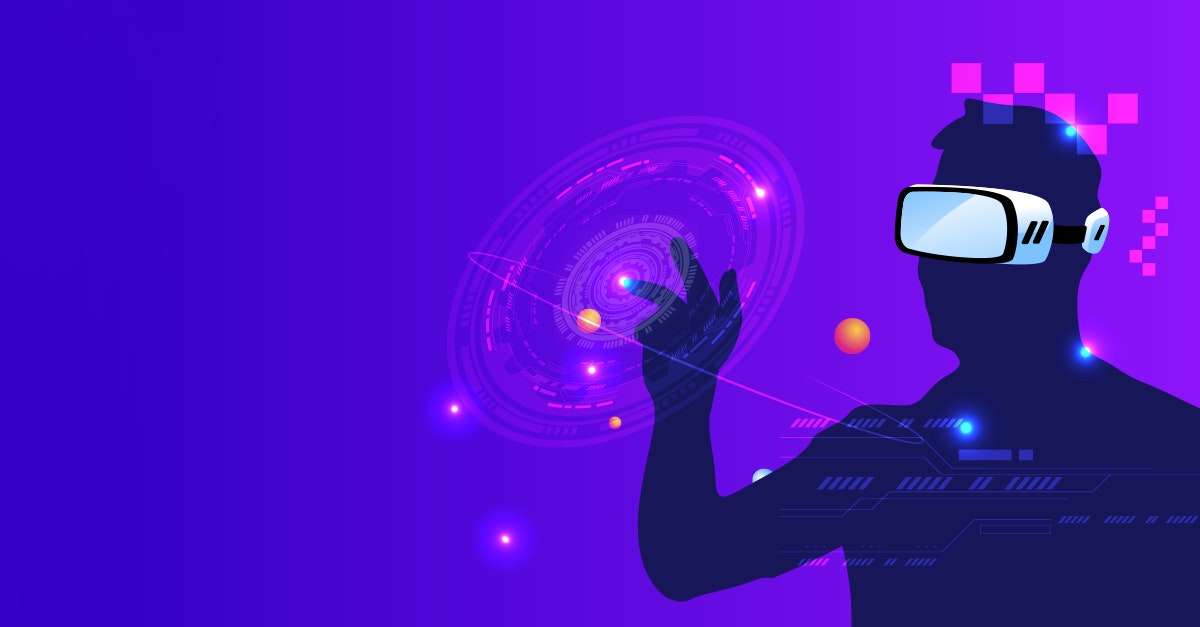5,655 reads
Augmented Reality: Market Potential and Practical Applications
Dhaval Sarvaiya is a co-Founder of Intelivita, an enterprise digital transformation company.
Learn More
LEARN MORE ABOUT @DHAVAL1SARVAIYA'S
EXPERTISE AND PLACE ON THE INTERNET.
EXPERTISE AND PLACE ON THE INTERNET.
TOPICS
THIS ARTICLE WAS FEATURED IN...
L O A D I N G
. . . comments & more!
. . . comments & more!


Share Your Thoughts